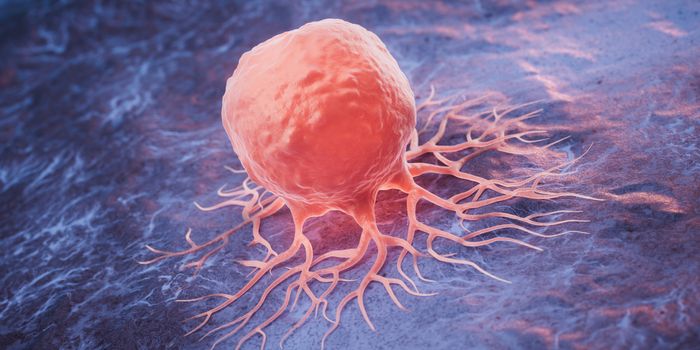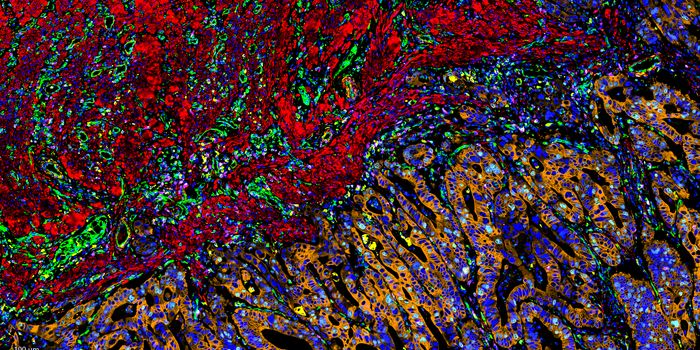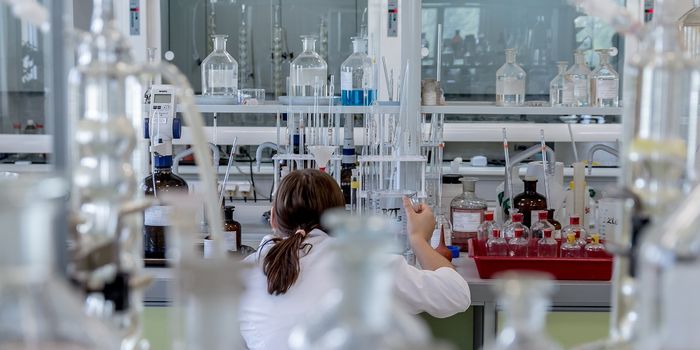Modeling metastasis
Novel research published in Genome Biology investigates the cellular mechanisms at work during cancer metastasis using newly developed computational models. The research was led by a team at the University of Illinois Urbana-Champaign.
"Researchers have identified several cellular pathways that change when a tumor becomes aggressive. However, it is difficult to understand how they affect the tumor," said Steven Offer, an assistant professor of molecular pharmacology and experimental therapeutics at Mayo Clinic, Minnesota. "We wanted to develop a simple system that can model how cancer cells form an aggressive tumor."
With access to a large dataset of publicly available data, the team got to work developing the advanced model. As Offer explains, the model analyses the presence of transcription factors in cancer cells.
"We can easily see how many transcription factors are there in the cancer cell. This model allowed us to see whether the target areas they bind to are available or not," he says. "Without the model, it would have been expensive and time-consuming for us to analyze the transcription factors in all these different cell lines. We can now use this data to improve cancer care. The more information we have about these factors, the more disruptions we can create to interfere with the process, and improve treatments."
Saba Ghaffari, a Ph.D. student in the Sinha lab, agrees, saying that "The advantage of the model is that it can integrate different types of experimental data, which is not an easy task. It gave us a list of transcription factors, ranked based on their relevance to colorectal cancer aggressiveness." From this list, the researchers were able to determine which ones were associated with a rise in the aggressiveness of the colorectal cancer cells.
These findings help increase understanding of the complex molecular interactions that trigger colorectal cancer metastasis. Additionally, the researchers note, the model was not only limited to analyzing the transcription factors in cancer cells, but it could also do so for other kinds of cells. "This is just the beginning. We are looking at it as a blueprint for many more analyses in the future, tackling different biological challenges," concludes Professor Saurabh Sinha.
Sources: Genome Biology, Eureka Alert









